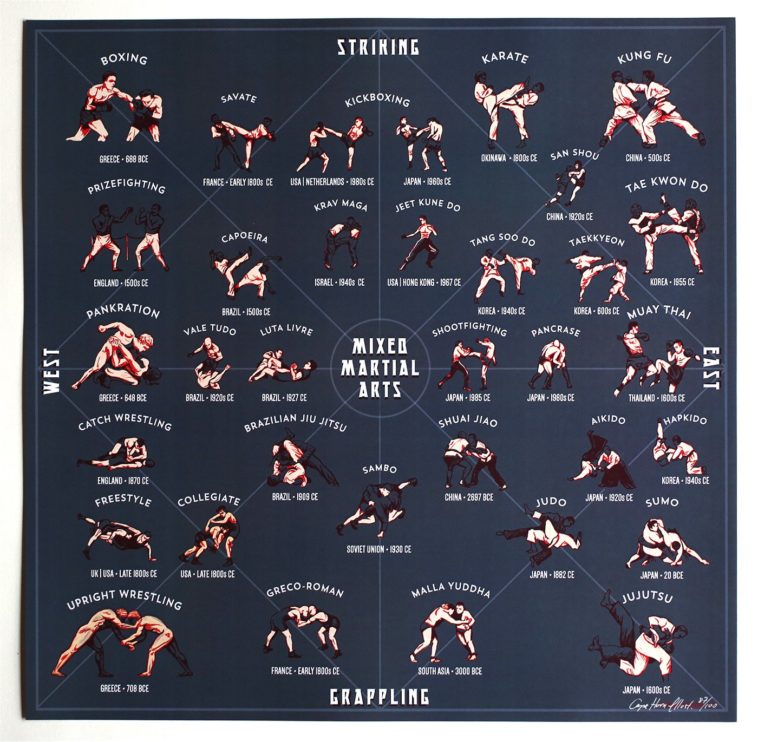A Relative Study Of Traditional Martial Arts And Modern Battle Sports: Highlighting The Vital Distinctions
A Relative Study Of Traditional Martial Arts And Modern Battle Sports: Highlighting The Vital Distinctions
Blog Article
Content Writer-McGinnis Finnegan
When you consider martial arts, do you lean much more toward the conventional practices or the modern battle sporting activities? check this link right here now provides unique advantages and experiences, formed by their philosophies and training approaches. Traditional martial arts stress individual development and self-control, while contemporary battle sports concentrate on competitors and efficiency. Comprehending these distinctions can assist you in selecting the appropriate approach for your trip. But just how do these differences materialize in training and viewpoint?
The Approach and Background Behind Standard Martial arts
While many people associate martial arts with physical fight, the ideology and background behind traditional martial arts run much deeper. You'll discover that these self-controls stress personal growth, technique, and respect.
Originating from ancient practices, conventional martial arts were often established for Self-Defense and spiritual development. They symbolize principles such as balance, consistency, and self-discipline, directing experts beyond mere combating abilities.
As you educate, you'll not just discover methods however also gain insights into the culture and worths that formed these arts. The routines and traditions, often passed down with generations, promote a feeling of area and belonging.
The Competitive Nature of Modern Battle Sports
Modern fight sports have transformed the landscape of martial arts into an extremely competitive field, where professional athletes take on in a test of ability, strategy, and endurance.
You'll see that competitions are commonly arranged with rigorous regulations and guidelines, making sure fair play and safety and security. These occasions bring in large audiences, sustaining the enjoyment and strength of competitions.
Professional athletes train rigorously, not just for physical prowess however likewise for mental strength, recognizing that every detail counts in the ring. The adrenaline rush during competitions is apparent, as boxers press their limits to declare success.
Fans appreciate the athleticism and virtuosity involved, making modern-day battle sports a thrilling phenomenon that continues to evolve and astound fanatics around the world.
Training Techniques and Strategies: A Relative Evaluation
The competitive atmosphere of modern-day battle sports demands cutting-edge training approaches that vary substantially from typical martial arts.
In modern training, you'll focus on particular techniques, competing, and conditioning, frequently making use of drills that imitate actual fight scenarios. You'll see an emphasis on measurable performance and regular competition to examine your abilities.
In contrast, standard martial arts focus on forms, katas, and thoughtful teachings, frequently highlighting discipline and respect over competition.
Training is typically much less intense and may entail recurring practice as opposed to real-time sparring.
While both methods build skill and health and fitness, contemporary combat sporting activities provide a much more dynamic and versatile training environment, preparing you for prompt difficulties in the ring or cage.
Select the course that lines up with your objectives and rate of interests.
Verdict
In picking in between conventional martial arts and modern battle sports, it truly comes down to what you value the majority of. If you're seeking personal development, discipline, and a feeling of community, typical arts might be your finest fit. However if you thrive on competitors and real-time difficulties, modern-day battle sports could be the means to go. Eventually, https://www.pahomepage.com/pa-live/sponsored-content/premier-martial-arts-packs-a-punch-on-pa-live/ use distinct benefits, so it's everything about straightening your training with your individual objectives and rate of interests.
